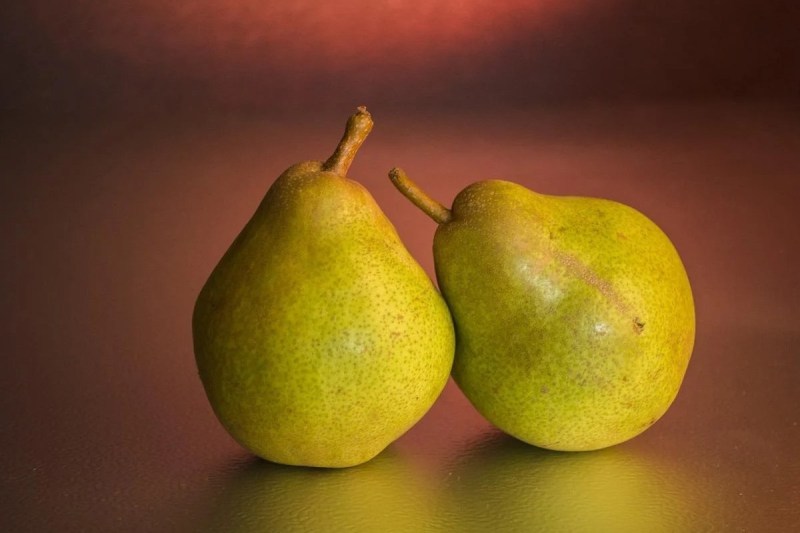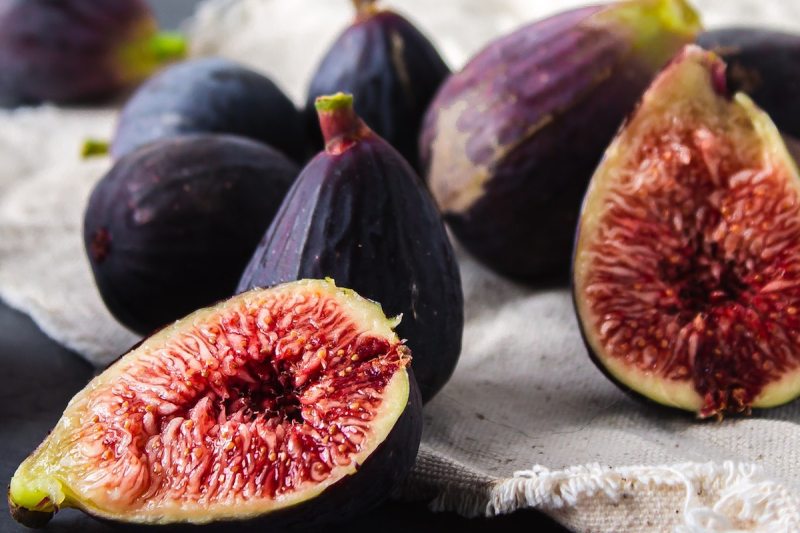Are you getting enough fiber? The majority of Americans aren’t. In fact, many people only get half of the recommended amount of fiber. But adding more fiber to your diet doesn’t have to be complicated or involve expensive supplements. You can easily increase your fiber intake just by wisely choosing what fruit you want to eat.
In this article, we’ll explore 11 of the best high-fiber fruits and tell you how much fiber each fruit contains so you can make the most informed decisions. We’ll find out what fruit has the highest concentration of fiber and give you more information about every aspect of fiber, so let’s get started!
What is fiber?

Fiber is a catch-all term for the parts of food that you can’t digest. It’s mostly found in fruits and vegetables and less in meat. There are two types of fiber. Soluble fiber dissolves in water and can be digested by “good” gut bacteria, while insoluble fiber can’t. The FDA doesn’t separate these two types in their daily intake recommendations, but most fiber sources contain both types of fiber.
What are the benefits of eating fiber?

Improved digestion
Fiber moves through your digestive system without being broken down, which means it helps keep things moving. It’s also food for many beneficial species of gut bacteria, and a high-fiber diet has been linked with a lower chance of colon cancer.
Lower cholesterol levels
A high fiber intake can prevent the body from absorbing as much cholesterol from food. Small amounts of cholesterol are necessary in your body, but too much cholesterol can build up in your veins and clog them.
Weight management
Foods that are rich in fiber help you to feel full without taking in so many calories since fiber adds volume but cannot be digested. Food that’s more filling is extremely important for weight loss and makes following a diet much easier. That’s why junk food is so bad for weight loss — you can eat a lot of it without feeling full.
How much fiber do you need?

Men are recommended to get 30 to 38 grams of fiber per day. However, the average American only gets 16 grams of fiber each day. That’s why finding easy sources of fiber, like fruit, is so important.
11 fruits high in fiber

Passion fruit
Passion fruit’s soft, pulpy interior doesn’t seem particularly fiber-rich, but in fact, one passion fruit contains about 2 grams of fiber. These fruits are also very small, so you can eat several of them to get more fiber.
Raspberries
One cup of raspberries contains 8 grams of fiber. Most people eat 1/2 to 1 cup in a serving. Raspberries are also a great addition to a yogurt bowl or even a salad, as they incorporate more fiber into your meals.
Pears
According to the USDA’s FoodData database, 100 grams of pear contains 3 grams of fiber. A medium-sized pear is almost 200 grams, so one pear contains slightly under 6 grams of fiber.
Blackberries
Blackberries are very similar to raspberries; one cup contains 7.6 grams of fiber. Like raspberries, they can be added to yogurt or a smoothie for a boost of vitamin C and flavor, as well as fiber.
Oranges
One orange, sized slightly smaller than a cup, contains 2.8 grams of fiber. Mandarin oranges and tangerines also contain fiber, but since they’re much smaller, they usually have about 1 gram each.
Blueberries
One cup of blueberries has about 3.6 grams of fiber. That’s less than blackberries and raspberries, but still a good amount. There are also a lot of other benefits to blueberries, including anti-inflammatory and antioxidant properties.
Kiwi
A kiwi contains 2.1 grams of fiber per 100 grams. However, a medium-sized kiwi is only about 75 grams, so each one would contain more like 1.5 grams of fiber. If you really enjoy kiwifruit, you could easily eat two at a time, though.
Bananas
Bananas are famous for containing fiber, but they actually only contain about 1.9 grams of fiber per banana. They’re still a good fiber source because they’re easy to take on the go and snack on at any time, but they’re not a higher-fiber fruit than berries or oranges.
Cherries
One cup of cherries contains 3 grams of fiber, about as much as an orange, and a little less than a cup of blackberries. The pits can make them slightly more difficult to snack on than berries, but they’re a delicious addition to a variety of dishes.
Strawberries
Strawberries also have about 3 grams of fiber per cup. That’s less than other types of berries, but strawberries are the most popular type of berry, and they’re still a very good source of fiber.
Figs
Figs contain about 1.2 grams of fiber each, and dried figs 0.8 grams. But figs are also very small fruits, a little larger than a grape. A cup of dried figs has over 14 grams of fiber, which is the highest concentration of any fruit on this list.
Can you eat too much fiber?

It is possible to eat too much fiber, which can lead to digestive issues. However, most people get too little fiber, and even adding a lot of fiber is very unlikely to carry you over the line. It’s more important to worry about getting enough fiber than about getting too much.
The exception is vegans and vegetarians, who eat more plant foods and therefore get much more fiber. In that case, you may want to be careful, as it is possible to eat too much fiber while eating a vegetable diet.
Frequently asked questions

What fruit has the highest fiber in it?
Figs are very high in fiber. They might contain only 1.2 grams per fig, but each fig is so small that a small handful of figs contains much more fiber than the same volume of other fruits.
What are foods with the highest fiber?
There are lots of delicious high-fiber foods, like avocados, whole wheat products, nuts, and fruit. Grains like wheat, rice, and corn are the highest in fiber, especially whole grains like popcorn, whole wheat, and brown rice.
How to get 30 grams of fiber a day?
Getting enough fiber can be challenging. The easiest way to increase your fiber intake is to replace refined grains, like white rice and white bread, with whole grains, like brown rice and whole wheat bread.




